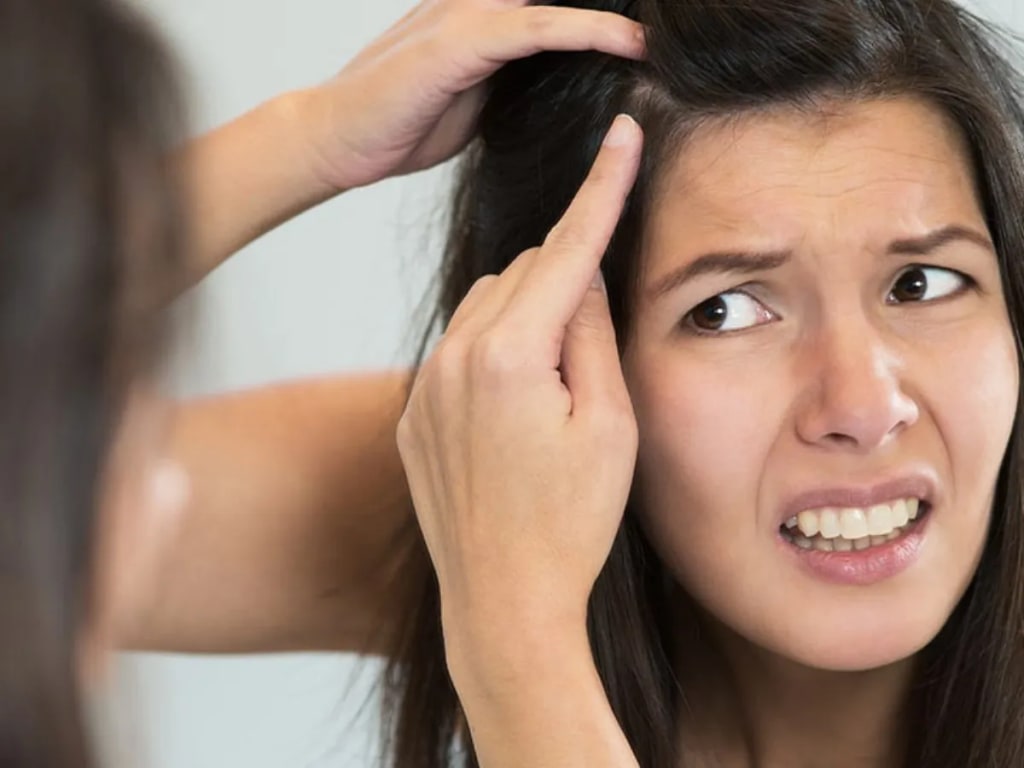CAN GRAY HAIR BE REVERSED?
How Can Gray Hair Be Reversed?

CAN GRAY HAIR BE REVERSED?
Gray hair is a natural part of the aging process. We all experience it if we live long enough. Some people embrace their gray hair and become gray goddesses or silver foxes. However, for those who are interested in preventing or reversing age-related graying, researchers have some leads. In fact, we may have had these options available to us for decades.
WHAT CAUSES GRAY HAIR?
If you're over 30 and haven't started going gray yet, it may be because of your genes. In identical twins, it's pretty uncommon for one twin to have gray hair while the other doesn't. But if you're lucky enough to live a long life, you'll earn that silver medal eventually. Unless you preempt the graying before it happens by keeping the cells that color your hair alive and well. Those cells are called melanocytes. And their death is one of the things that turns your hair gray as you get older. Well, not just the melanocytes. The whole hair follicle gets damaged by a process called oxidative stress. And, really, anything with the word "stress" in the name can't be good. See, when your melanocytes make their melanin pigment to keep your hair dark, they also make hydrogen peroxide as a byproduct. Having that hydrogen peroxide in your hair is fine when you're young, but as you age, you make fewer antioxidants to neutralize it. So when you get older, the large amount of hydrogen peroxide in your hair mutates your DNA and damages cells. Which means this byproduct of making melanin destroys the very cells that create it. Until eventually you end up with a bunch of hydrogen peroxide-filled gray hair.
HOW TO PREVENT IT?
Researchers in the UK and Germany are working on preventing hydrogen peroxide build-up around melanocytes. Their interventions have shown progress in a petri dish. Their goal is to break down hydrogen peroxide and prevent oxidative stress from damaging hair cells. They have found an amino acid, L-methionine, that can achieve this. Exposing hair cells to L-methionine works as long as it exceeds the amount of hydrogen peroxide present. In the future, with the approval of a healthcare professional, L-methionine pills may be able to help maintain hair color.
For those who are already gray, there may be a way to reverse it. Melanocytes start as stem cells and move within each hair strand. As you age, melanocytes get stuck in the bulge and can't access the proteins needed for pigment production, causing gray hair. Researchers believe that dislodging melanocyte stem cells from their rut may reverse graying by helping them differentiate into pigmented melanocytes. This idea has been explored before, inspired by treatments for vitiligo patients.
One such treatment is PUVAsol, which uses UV light and chemical therapy to restore pigment. The chemical part is consumed before noon, followed by sun exposure for 10-15 minutes at midday. While it's unclear how PUVAsol works, one hypothesis is that it helps melanocytes move around, which is vital for pigmentation. Originally used for vitiligo patients, it was later extended to people without vitiligo, successfully adding color to their hair. More research is needed to understand why PUVAsol doesn't work the same for everyone, but progress in understanding melanocyte longevity and movement may provide answers in the future.
About the Creator
Enjoyed the story? Support the Creator.
Subscribe for free to receive all their stories in your feed. You could also pledge your support or give them a one-off tip, letting them know you appreciate their work.





Comments
There are no comments for this story
Be the first to respond and start the conversation.